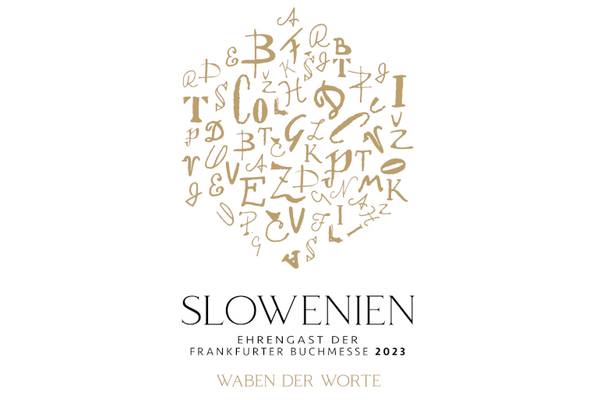Tone Kralj was a Slovenian painter who created murals in churches along the Slovenian language border in the area bordering on Italy during the fascist and later Nazi occupation of Slovenia. After World War I, a large part of present-day Slovenia, which used to belong to the Habsburg monarchy and was Slovene-speaking, became part of Italy. The repression against Slovenes there was particularly cruel, so it is surprising that the painter managed to stay alive despite his obvious criticism. He symbolically used the Slovenian red, white and blue colour tones for depictions of Mary, Jesus, etc. while the evil figures quite obviously bear the features of Mussolini or Hitler, and at the time of the Yugoslav regime, Tito and his wife could also be found in the paintings. How was this silent kind of resistance possible without punishment? This question was posed by the historian Egon Pelikan (director of the Science and Research Centre Koper) in his monograph Mussolini und Hitler in den Kirchen des slowenischen Küstenlandes (Mohorjeva/Hermagoras 2023). Miran Košuta, poet and literary scholar (University of Trieste), who is very familiar with the cultural history of this border area, will also take part in the panel discussion. The discussion will be led by the author, literary critic and journalist Tilman Spreckelsen, who has also seen the murals in Slovenia. The conversation will be simultaneously interpreted into German.

Discussion
Ludwig-Erhard-Anlage 1
60327 Frankfurt am Main
Germany

